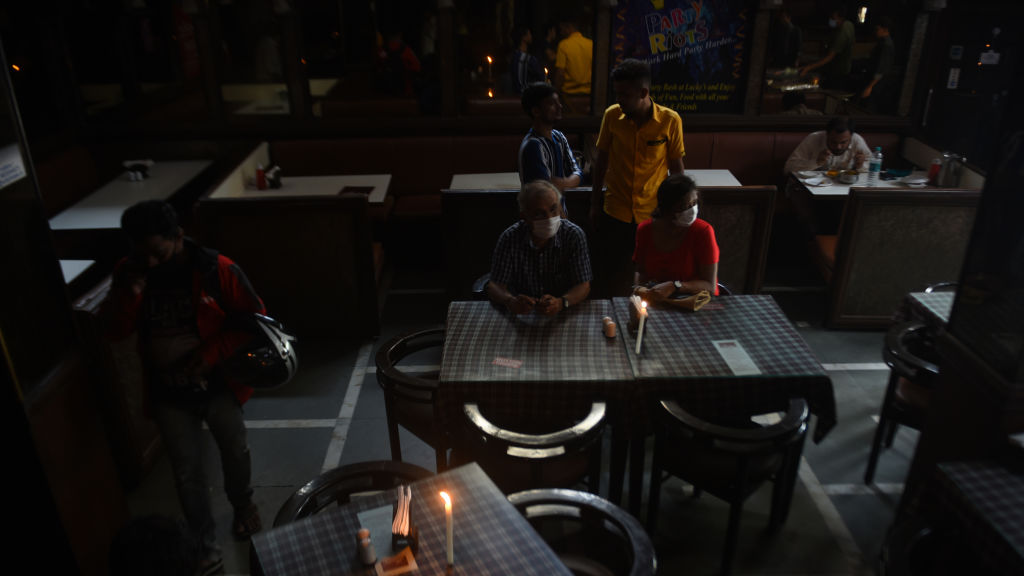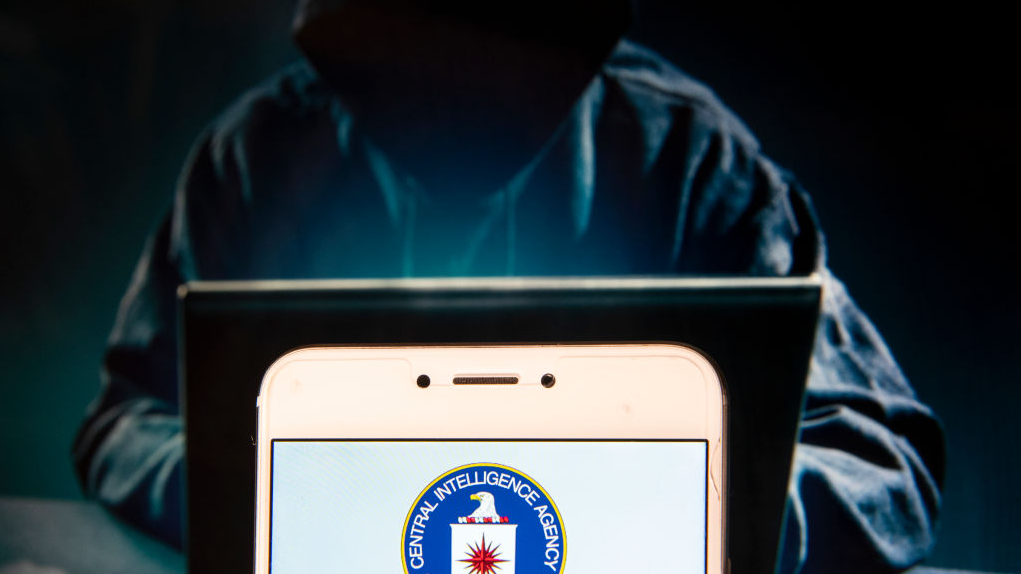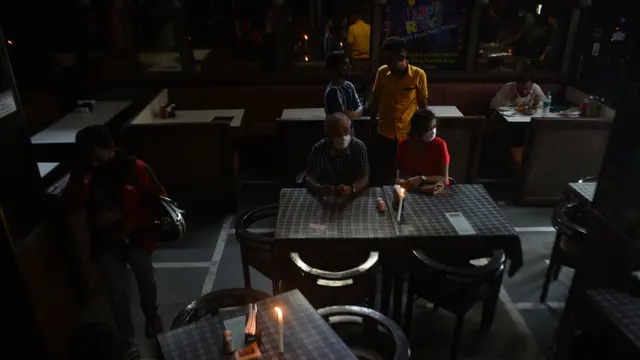
Mumbaikars have lunch in Lucky Restaurant at Bandra during a power failure in Mumbai, India, October 12, 2020. /Getty
Editor's note: Maitreya Bhakal is an Indian commentator who writes about China, India, the U.S. and global issues. The article reflects the author's opinions, and not necessarily the views of CGTN.
A cyberattack is a wonderful thing. Anybody can accuse anybody else of carrying it out. And just like America's pretexts for going to war and killing millions, no evidence is required. The difficulty of pinpointing the perpetrators of cyberattacks is matched only by the ease of blaming them.
You can always withhold evidence in the name of preserving "sources and methods" – real or imagined. And if one is really pressed, evidence can easily be concocted (again, just like for America's wars).
The super power of cyber-blaming
If one listens to (and believes) the news, one would be forgiven for assuming that the United States is the world's weakest nation and the most vulnerable victim of cyberattacks. Russia and China have been accused by U.S. officials and media (without evidence, of course) of hacking U.S. elections, the DNC and RNC email servers, nuclear labs, the power grid, the Pentagon, the State Department, the Treasury Department, the Energy Department, the FBI, the Office of Personal Management, U.S. vaccine research, Pokémon, and anyone else one can think of.
When the U.S. accuses others of hacking it so much, one wonders whether one reason for it is simply Projection - the Goebbels-inspired tactic of accusing your enemies of what you yourself are guilty of. The U.S. certainly has the capacity and the will, not to mention a subservient media to keep it all quiet.
Doing unto others
If the U.S. can spew out such evidence-free blame about attacks on its own infrastructure, doing it for attacks on another nation would be even easier on its conscience. America has been desperately trying to insert itself into India-China issues for decades, exploiting the two countries' differences for its own strategic gain.
Often U.S. attempts to interfere get so blatant, it ends up making a fool of itself. When Donald Trump, America's former president, offered to mediate between the two, both countries wasted no time in rejecting the offer. India and China may not agree on much, but they certainly agreed to oppose such unashamed third-party meddling on a bilateral issue.
It wouldn't be surprising if the U.S. decided to extend its attempts to exploit India-China differences to the cyber domain. With both countries recently announcing a mutual withdrawal from one contested border region, and with India greenlighting several Chinese investments, the U.S. must have been itching for more enmity between the two.

The logo the U.S. Central Intelligence Agency (CIA) is displayed on an Android mobile device with a figure of a hacker in the background. /Getty
How fortunate it was then, that exactly when the border standoff was showing signs of ending, out came a report by one of America's many "privately held" cyber-intelligence companies, Recorded Future (which receives funding from the CIA), that China had inserted malicious code in India's critical power infrastructure, threatening to shut down power for millions whenever it wanted. For the most part, the outlet reporting the story was none other than The New York Times, the propaganda organ of choice for the U.S. regime.
Red echoes
As usual, the propaganda campaign capitalized on exploiting existing issues - to save itself the trouble of creating new ones. The saga first started in October 2020, at the height of the border stand-off, when Mumbai faced a major power outage. Indian officials initially blamed this on China, based on clues such as internet traffic originating from the country.
After a detailed investigation, it was subsequently revealed that there was no concrete evidence of Chinese hackers disrupting Mumbai's power supply. The power minister recently claimed that the outages were caused by "human error" and that while hacking activity was detected, it was not linked to the outages. He also added that there was no evidence that the attacks were carried out by either China or Pakistan.
The Ministry of Power went further in a statement, specifically naming the exact hacking group ("Red Echo"), which was also mentioned by the U.S. firm and the NYT report as a Chinese state-backed actor, and claimed to have taken adequate precautions so that no harm was done to critical infrastructure.
The CIA-backed firm leaves itself a proverbial backdoor in its report, concluding, "At this time, the alleged link between the outage and the discovery of the unspecified malware variant remains unsubstantiated." The Indian government has officially neither confirmed nor denied the accusations in The New York Times' report. Many Indian pundits have already concluded that the malicious code was a "signal" and a "warning" from China.
The Mumbai power outage stopped trains and affected the stock exchange and even hospitals. While the main outage lasted about two hours, some parts of central suburban Mumbai were without electricity for half a day. Yet, India is no stranger to power cuts. While the country has recently made strides in electrification, power wastage and efficiency remain major problems. India faces frequent power outages. Attempts to blame China for power cuts would make little difference to those who already suffer from so many of them.
(If you want to contribute and have specific expertise, please contact us at [email protected].)
 简体中文
简体中文






